Creating the perfect habitat for your corn snake involves more than just providing the basics like heat and water. One often overlooked yet crucial aspect is the placement and selection of hides within the enclosure. These hiding spots serve as safe zones where your snake can retreat, reducing stress and promoting natural behaviors. Understanding how to strategically position hides can make a significant difference in your pet’s well-being.
The Importance of Hides in a Corn Snake’s Enclosure
Corn snakes, like many other reptiles, are secretive by nature. In the wild, they spend a considerable amount of time hiding under rocks, logs, or within leaf litter to avoid predators and regulate their body temperature. In captivity, replicating this environment is essential for their mental and physical health. A well-placed hide provides security, helping your snake feel less exposed and more comfortable in its surroundings. Without adequate hiding spots, corn snakes may become stressed, leading to refusal to eat or other health issues.
Hides also play a role in thermoregulation. Corn snakes need a temperature gradient in their enclosure to move between warmer and cooler areas as needed. By placing hides in both the warm and cool zones of the tank, you allow your snake to feel secure while still maintaining its preferred body temperature. This is particularly important during digestion, as snakes rely on external heat sources to metabolize their food efficiently.
Choosing the Right Hides for Your Corn Snake
When selecting hides, size and material matter. The hide should be snug enough that the snake can touch the sides when curled up, but not so tight that it feels cramped. A hide that’s too large won’t provide the same sense of security. Many keepers opt for commercially available reptile hides made from plastic, resin, or ceramic. These are easy to clean and durable, but naturalistic options like cork bark or half logs can also work well, adding a more aesthetic appeal to the enclosure.
It’s also worth considering the number of hides. At a minimum, provide one hide on the warm side and another on the cool side of the enclosure. Some keepers go a step further by adding a third hide in a middle-temperature zone or even a humid hide to assist with shedding. The key is to ensure your snake always has access to a secure spot, no matter where it chooses to rest.
Placement Strategies for Optimal Comfort
Where you place the hides can influence how often your snake uses them. Positioning them in quieter, less trafficked areas of the room can make the snake feel safer. Avoid placing hides directly under bright lights or in high-vibration spots, such as near speakers or frequently opened doors. Corn snakes are sensitive to their environment, and excessive noise or movement can deter them from using their hides.
Another tip is to partially bury or cover hides with substrate to create a more enclosed feel. This mimics the natural behavior of burrowing and can make the hide even more appealing. If using multiple hides, try to vary their design slightly—some snakes prefer darker, more enclosed spaces, while others might favor hides with multiple entrances for easy escape routes.
Common Mistakes to Avoid
One of the biggest mistakes new keepers make is neglecting the hide’s cleanliness. Hides can accumulate waste or moisture over time, leading to bacterial growth. Regularly inspect and clean all hides to maintain a hygienic environment. Another pitfall is using sharp or rough materials that could injure your snake. Always check for any edges or surfaces that might cause harm, especially with DIY hides.
Overcrowding the enclosure with too many hides or decorations can also be counterproductive. While it’s important to provide options, too much clutter can make the space feel cramped and restrict your snake’s movement. Balance is key—offer enough hides for security without sacrificing open space for exploration.
Observing Your Snake’s Behavior
Finally, pay attention to how your corn snake interacts with its hides. If it consistently avoids a particular hide, consider adjusting its placement or trying a different style. Some snakes are pickier than others, and what works for one might not work for another. Over time, you’ll learn your snake’s preferences and can tailor the enclosure to suit its personality.
By thoughtfully selecting and positioning hides, you create a sanctuary where your corn snake can thrive. A well-designed enclosure not only meets your pet’s physical needs but also enriches its daily life, fostering a happier, healthier reptile.
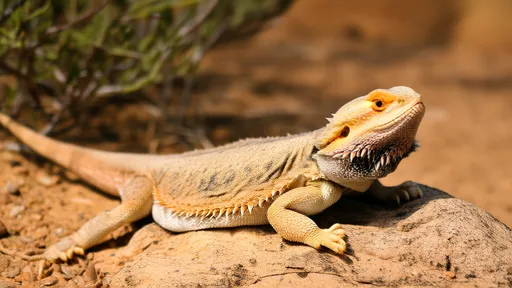
By /Jun 28, 2025

By /Jun 28, 2025
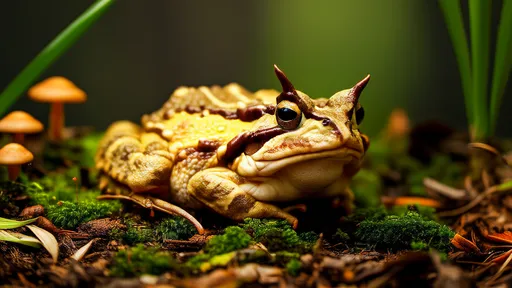
By /Jun 28, 2025

By /Jun 28, 2025
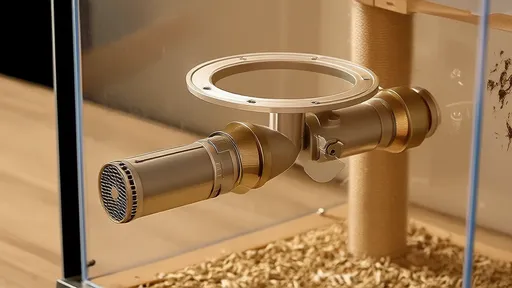
By /Jun 28, 2025
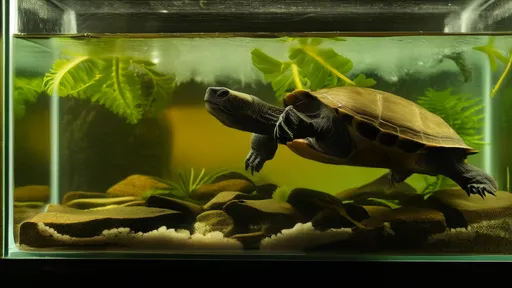
By /Jun 28, 2025
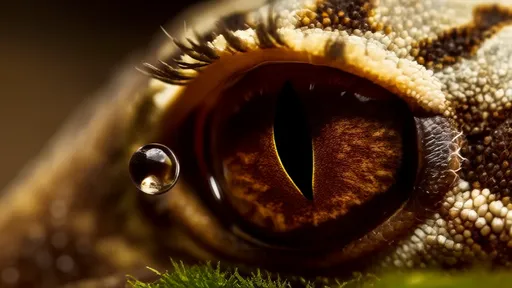
By /Jun 28, 2025
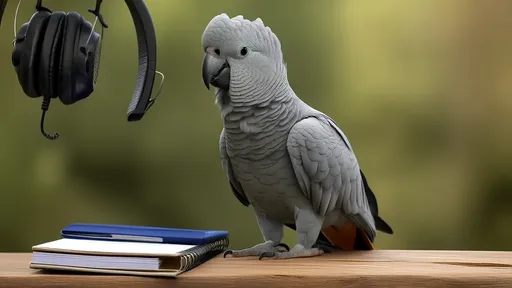
By /Jun 28, 2025
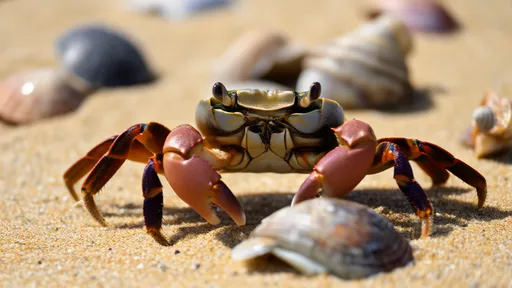
By /Jun 28, 2025
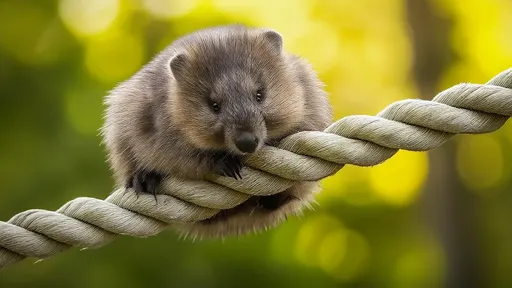
By /Jun 28, 2025
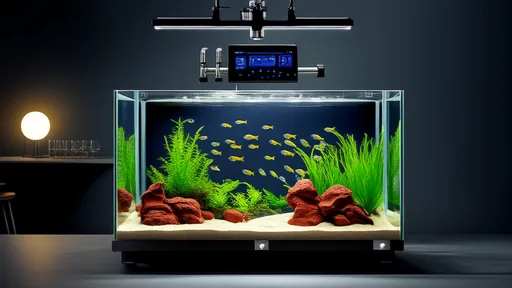
By /Jun 28, 2025
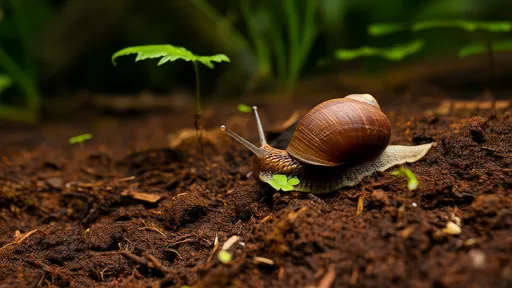
By /Jun 28, 2025
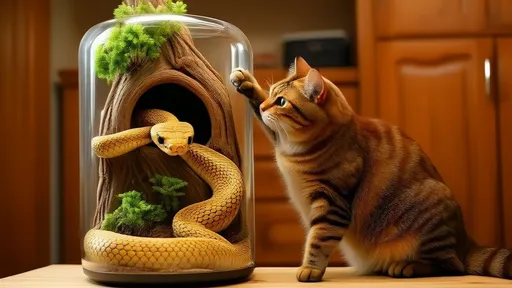
By /Jun 28, 2025
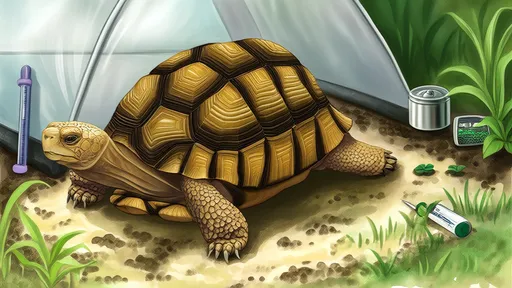
By /Jun 28, 2025
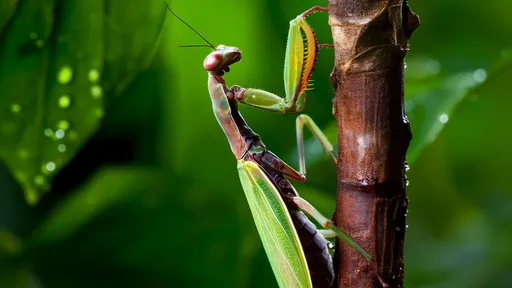
By /Jun 28, 2025
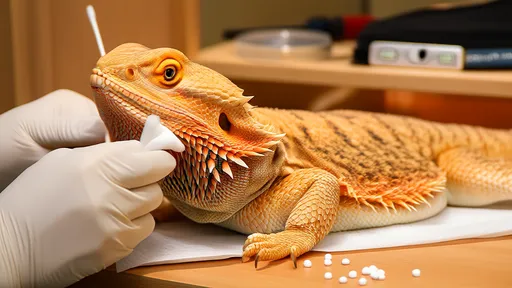
By /Jun 28, 2025
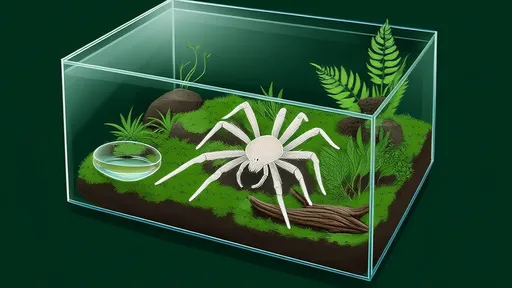
By /Jun 28, 2025